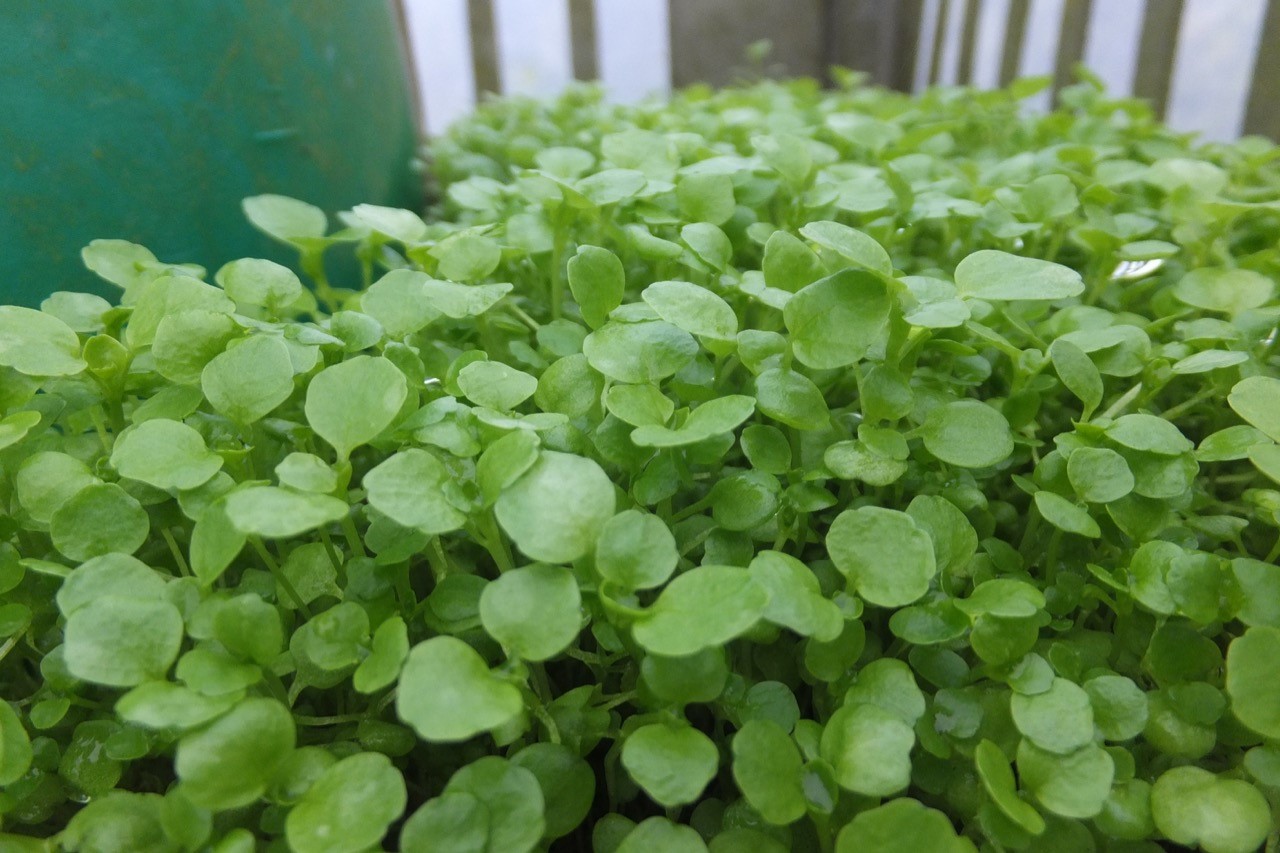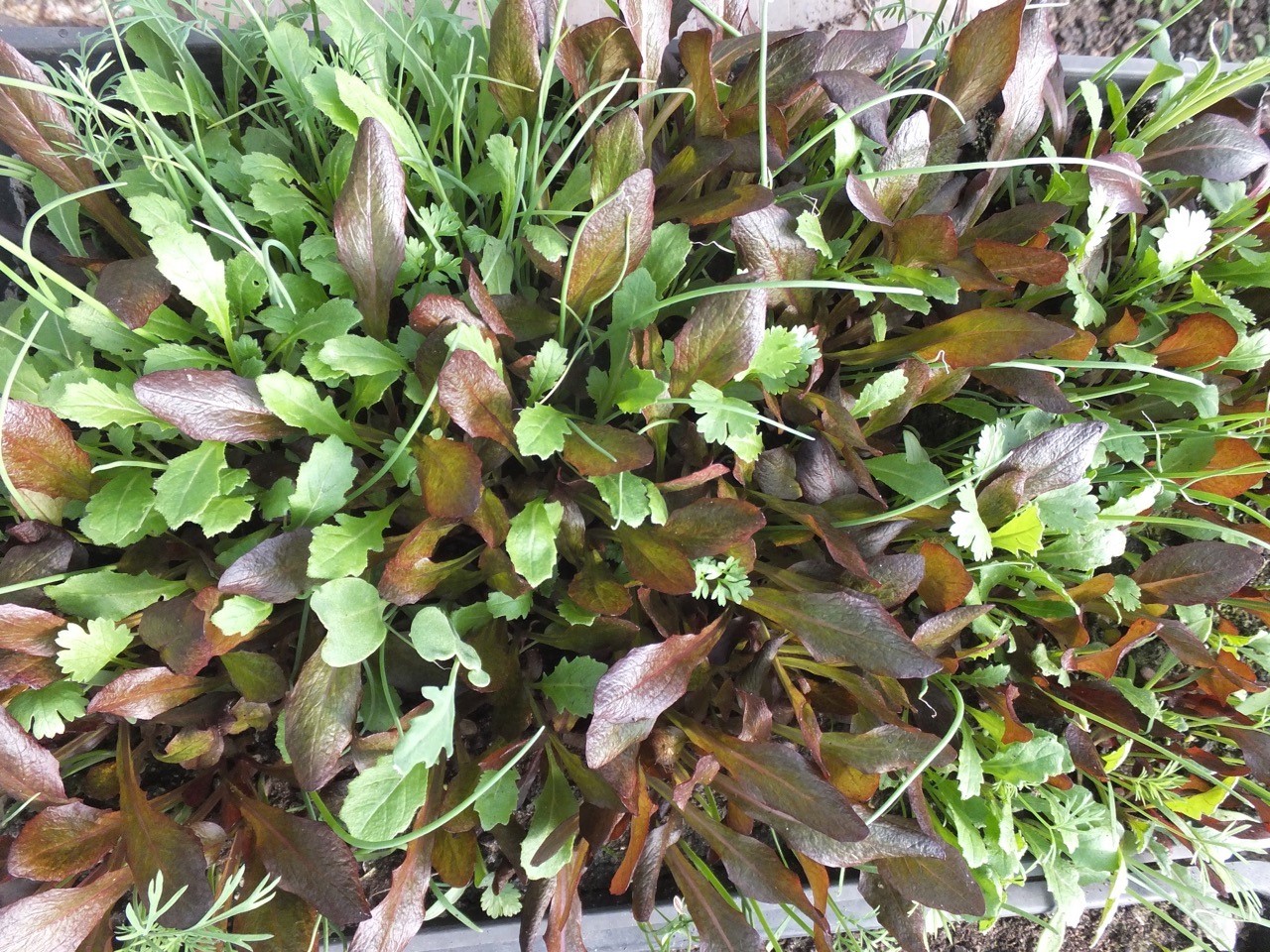
I recently blogged how simple it is for you to use your greenhouse to force, that is bring on much earlier, crops than by growing these out of doors. Now as winter approaches we can also use our greenhouse to extend the productive life of other crops, and produce many for eating fresh throughout winter.
Obviously heating your greenhouse will help produce more than from an unheated one. Fortunately just adding enough heating to prevent the temperature ever dropping below zero enables many crops to survive. Indeed it’s the low light rather than the cold which is their biggest hindrance. Recently developed LED daylight lighting units are a tremendous boon, the extra light is exactly what plants need during the darkest days. And the cost of buying and running these is much less than older units so making them even more valuable. (Plus they will be more help in spring when their extra light produces much better seedlings.)

Now tender summer crops: cucumbers, tomatoes, peppers, aubergines can go on many weeks longer under cover. However without extra warmth and lighting these fade away as winter bites so nip out their tips and smallest fruits to re-direct energy to help the larger fruits to ripen. Sweet potatoes should be encouraged to keep growing as long as possible as they’re putting on weight. Once the haulm starts to wither dry off their compost, use the tubers before mid winter (or once dug oven warm and dry to aid longer storage).
Most herbs can be grown under cover through winter so it’s worth potting some extra for this purpose, even hardy ones as their foliage remains softer and more aromatic. Thyme, parsley, mint and chives are always most especially useful.

Watercress is so nutritious and easy, you insert pieces of fresh stems from the supermarket into trays of moist rich compost and it grows away. Another neat trick is with celery, you plant the base from a bought head in rich moist compost. This soon roots and starts producing fresh stalks and leaves for flavouring.
During autumn and winter you can actually grow heads of lettuce (though you need the right varieties!) but it’s so much simpler to grow trays of seedling leaves which you then harvest by scissoring off a handful. Similarly for many other saladings especially kales, Miners lettuce (Claytonia) mustards, rocket and chervil all of which will give you loads of fresh salads till next spring.


